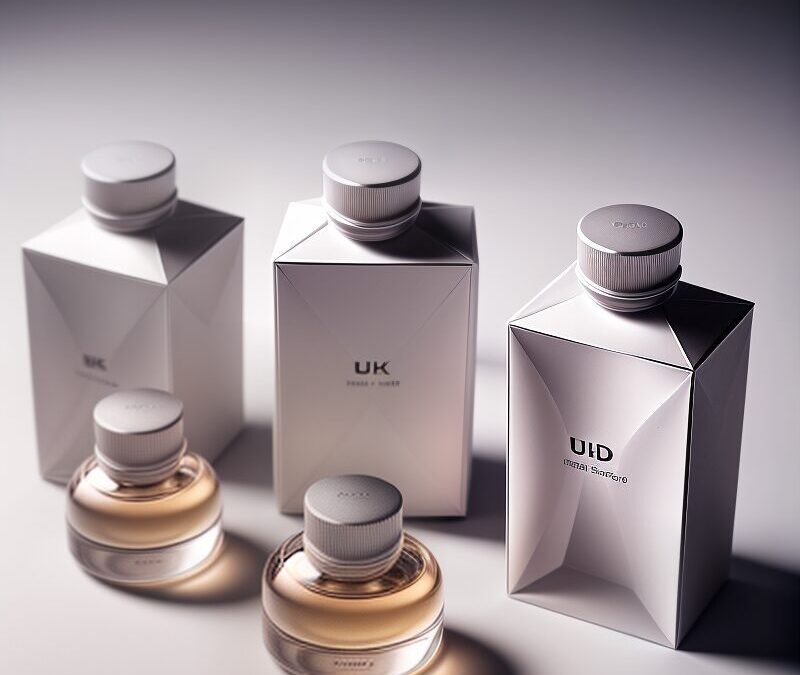
The perfume industry is a unique blend of art and science, where creativity meets meticulous craftsmanship. Rebranding a perfume is a delicate process that requires a deep understanding of both the product and the market. As a perfumery expert, I’ve seen numerous rebranding efforts succeed and fail. Here, I share comprehensive insights and tips from industry experts on how to successfully launch a rebranded perfume.
Understanding the Need for Rebranding
Rebranding a perfume can be driven by various factors:
- Market Evolution: Consumer preferences change over time. A scent that was popular a decade ago might not appeal to today’s audience.
- Company Vision: Brands evolve, and their products need to reflect this evolution.
- Competitive Landscape: New competitors and trends can make an older brand feel outdated.
- Sales Performance: If a perfume isn’t performing well, rebranding might be a strategy to revive its fortunes.
Steps to Successfully Launch a Rebranded Perfume
-
Conduct Comprehensive Market Research
- Consumer Insights: Understand the current preferences and trends in the fragrance market. Use surveys, focus groups, and social media analysis to gather data.
- Competitive Analysis: Study successful rebranding efforts by competitors. Identify what worked and what didn’t.
- Brand Audit: Evaluate your brand’s current perception in the market. Identify strengths, weaknesses, opportunities, and threats.
-
Define Your Rebranding Objectives
- Clear Goals: Establish clear, measurable objectives for the rebrand. Are you aiming to reach a new demographic? Increase sales? Improve brand perception?
- Brand Story: Develop a compelling brand story that aligns with your objectives. This story should resonate with your target audience and reflect your brand’s values.
-
Revise the Fragrance Profile
- Consult Perfumers: Work closely with expert perfumers to tweak or completely revamp the fragrance. Ensure it aligns with current trends while maintaining a unique identity.
- Consumer Testing: Conduct blind tests with a segment of your target audience to gauge their reaction to the new scent. Use their feedback to refine the fragrance.

4o

